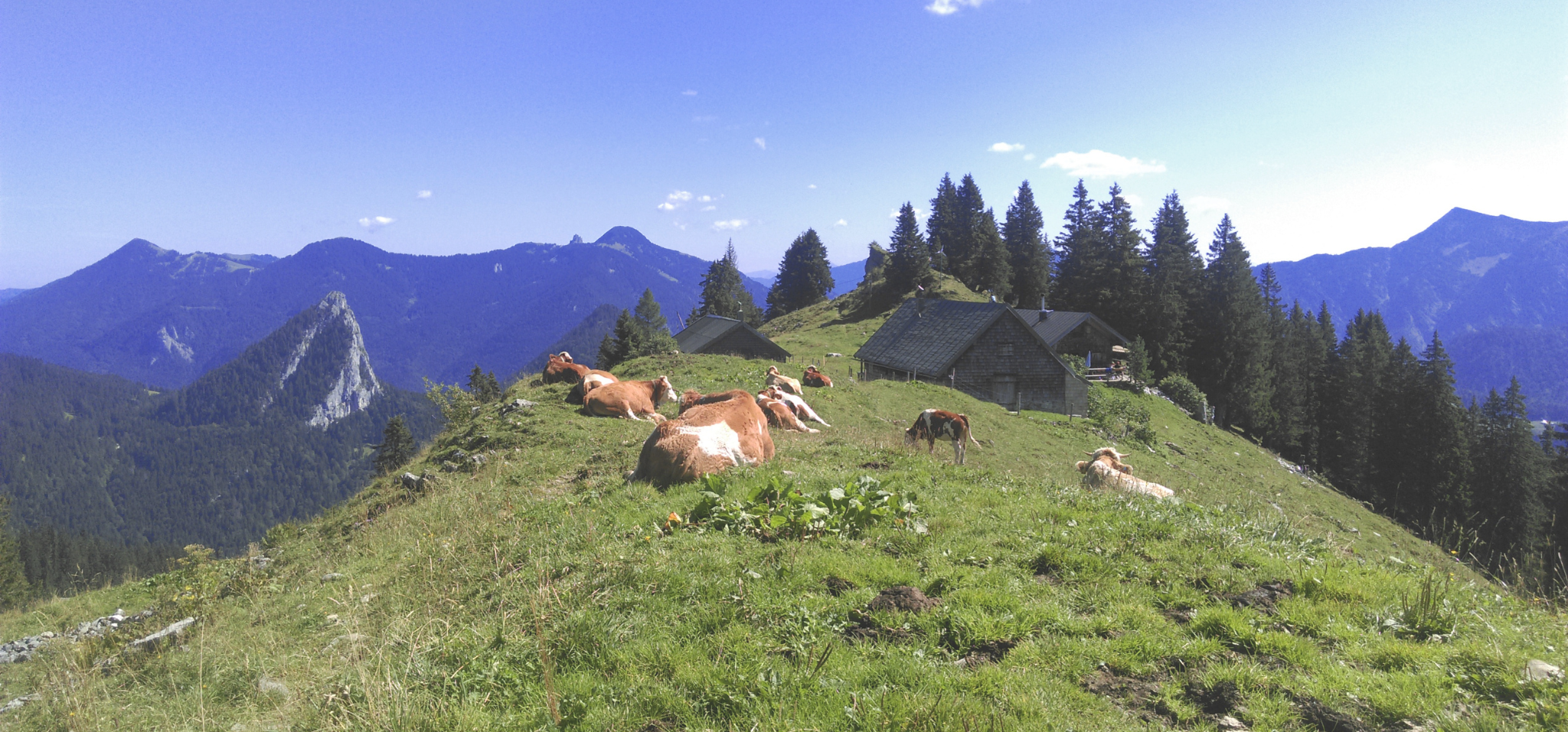
The latest paper led by FABLE Germany has been published in Organic Agriculture, official journal of the International Society of Organic Agriculture Research.
Authors: Livia Rasche & Jan Steinhauser
Abstract
Organic agriculture is an attractive land use alternative to conventional farming in terms of environmental and biodiversity protection. The official German target is a 30% share of organic agricultural area by 2030, while German stakeholders consider 24% realistic and 44% desirable. It is unclear how such a shift may affect the food and land use system.
We use data from a crop/pest model to estimate yield differences between conventional and organic systems, and the FABLE accounting tool to assess changes in indicators like calories available per person and day, and the extent of cropland, pasture and area where natural processes predominate. We investigate how an increase in organic agricultural area may affect these indicators up to 2050, and if adaptation measures may become necessary to ameliorate the potential pressure to expand cropland or raise import rates.
The results show that if organic agricultural area is increased, there will be a calorie deficit of 7–80 kcal per person and day, corresponding to 1000–5000 km2 of missing cropland. The deficit will disappear without any changes to the system by 2045 at the latest due to demographic and technological development. No additional cropland at all would be required if crop productivity increased at a higher rate than observed today, and an additional 600,000 ha could be freed even with a 30% share of organic agriculture. A higher share of organic agriculture is thus a realistic target for Germany, but technological advancements should accompany the transformation to minimize cropland demand.